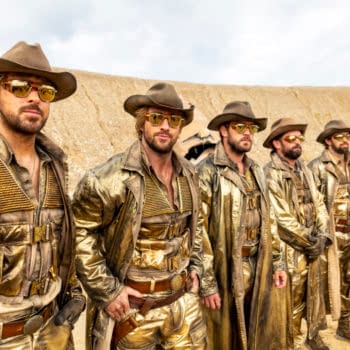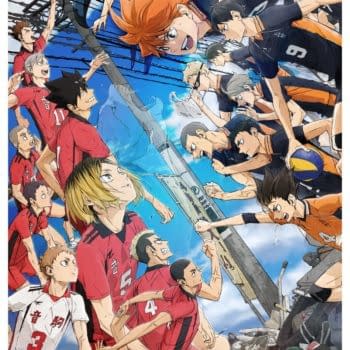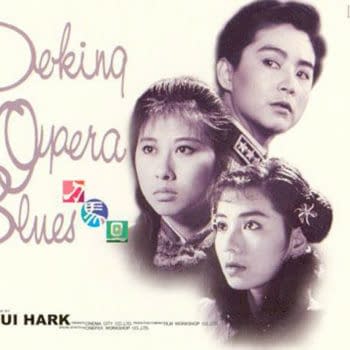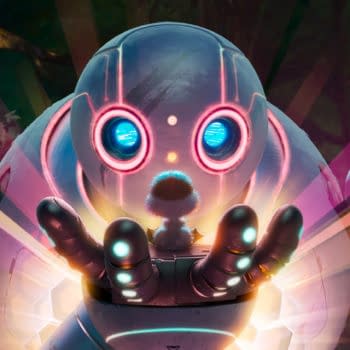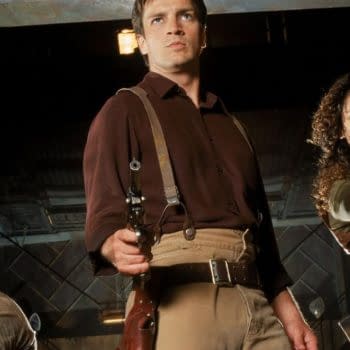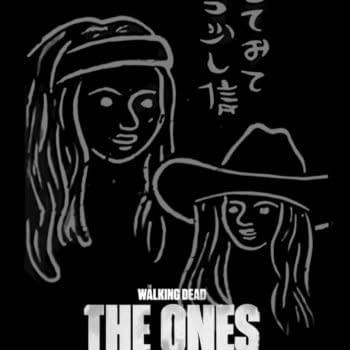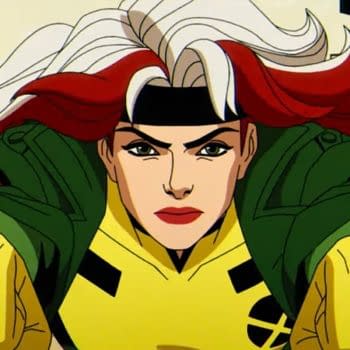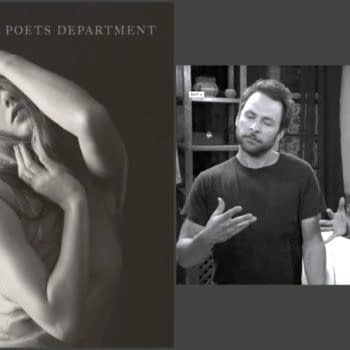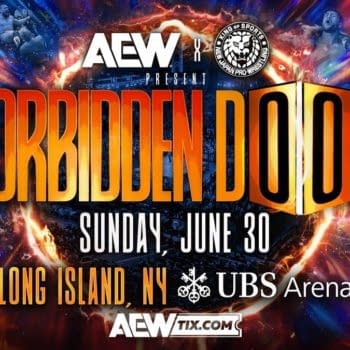Posted in: Movies, TV, Video Games | Tagged: animation, entertainment, nintendo, sonic the hedgehog, teenage mutant ninja turtles, The Legend of Zelda, video games
From Pixels To Pictures And Beyond: Part 1 – Early Animation Marketing For Video Games
By Gareth Spriggs
Welcome to the first installment of a multi-part series of articles chronicling the many ways developers and marketers used alternate mediums to break out video games in to a wider general awareness. While today, the video game market is a force to be reckoned with, with many of the more A-List titles even out-grossing some of Hollywood's finest; back in the beginning video games often had a hard time successfully breaking into the general public's lexicon, and as such, producers relied upon things such as animation, comic books, toys, and even feature films to promote their titles and hopefully result in more units of their games and consoles being sold.
This type of cross-market advertising was extremely common, even before video games were invented. I'm sure everyone reading this remembers the 60's Spider-Man cartoon, (well, at least its theme song) as well as the 60's Batman TV show (again, at least its theme song), both of these are examples of a parent company outsourcing its product to a new medium in order to gain new followers, new awareness of its brand, and ultimately a new source of revenue. When done effectively it opens new doors and places for a brand to go, and can sometimes lead to opportunities where an outsourced medium can overshadow the original; I'm sure 99% of the human race, upon being told to think of the Teenage Mutant Ninja Turtles will instantly think of the 80's cartoon, over its original Mirage comic counterpart.
[Over 2 decades later, and this is still the only TMNT game people want to play. Nostalgia is a powerful thing.]
Animation really is the best place to start with a series like this. Not so much now, but back in the 80's/90's video games were primarily thought of as a child's play thing, most likely to the graphical limitations of consoles at the time forcing most game developers to design bright and colourful mascots. This was another impact of video games being marketed towards children; most of the original characters were designed to appeal to the 5-10 market; with lots of humanoid animals with big cartoonish faces and eyes. As opposed to today, where the teenage demographic is where developers want to get their money from, and that's reflected in the character designs for the majority of modern day original characters, lots of muscle bound men and big chested women, who in many ways lack the originality and charm of the humanoid animal characters of the early 90's.
Game developers would use animation in the exact same way the toy makers would; subject kids to a 30 minute commercial every week for their product that make them want it, which would in turn make their parents buy it for them. The only real difference here being, unlike Hasbro and Playmates did with shows like Transformers and the aforementioned Teenage Mutant Ninja Turtles, they didn't produce cartoons that featured all the characters, weapons, vehicles that kids could demand; rather, video game based animation had to sell the viewer on the basic idea of the franchise, and engross them in that world in the hopes of launching an emotional investment that would make children want to experience more, the only way possible – a video game!
[What were the odds this music track would be more famous than the cartoon 25 years later?"]
This actually became a 2-way street, for as many video games that made the launch into animation, over double the amount of cartoons made the leap into video games. This is something that continues to take place today, pick any console from the Nintendo Entertainment System (NES) onwards, and you'll find a sloe of licenced video games; the animation to video game success/failure ratio is about on par with the video to animation success rating, but that's a story for another time.
As was standard for the time the producers of the games very rarely had any input on the production of the cartoon, and the cartoon writers/producers very rarely had actually played the games themselves. Ben Hurst's, writer of the Sonic The Hedgehog cartoon (or 'SatAM' as its small, but devoted fan base refers to it), only interaction with the Sonic games directly was being shown a few screenshots of Green Hill Zone during the development process. This often leads to cartoons that bare little to no similarities with the game they're being based on. This doesn't always lead to a bad final product, 'SatAM' is often regarded as one of the better animated video game adaptions, despite (or maybe because) it deviated so much from the original source material and created something that was entirely unique unto itself. Of course, straying a little too far away can end up alienating the intended fan base; something the next Sonic based show, Sonic Underground knows all too well.
[It's a sad day when this isn't the most embarrassing thing your franchise is known for.]
A trend that has started to spring up today is reboots/spin offs of popular gaming characters being reintroduced with a video game and cartoon series being released simultaneously, which helps created a stronger feeling of name brand recognition, while also (hopefully) ensuring the kids can watch Pac Man and the Ghostly Adventures and then go and play the video game set in the same world, without the disconnect children of the late 80's had when they would question why Link doesn't constantly badger the legendry Princess Zelda for a kiss like he does in the cartoon, and why the Triforce only has 2 parts. They were dark times for us all.
[It's no wonder Nintendo have kept him a mute for over 25 years…]
That brings us the end of this introduction of the marriage between video games and animation, on the next part we'll tackle some of the pinnacles of good animation adaptations, what shows make fans actively want to tune in, and the shows that are still fondly remembered today!
Gareth Spriggs is a life-long fan of pop culture, who spends his time watching/reading/playing things and then podcasting about them.















